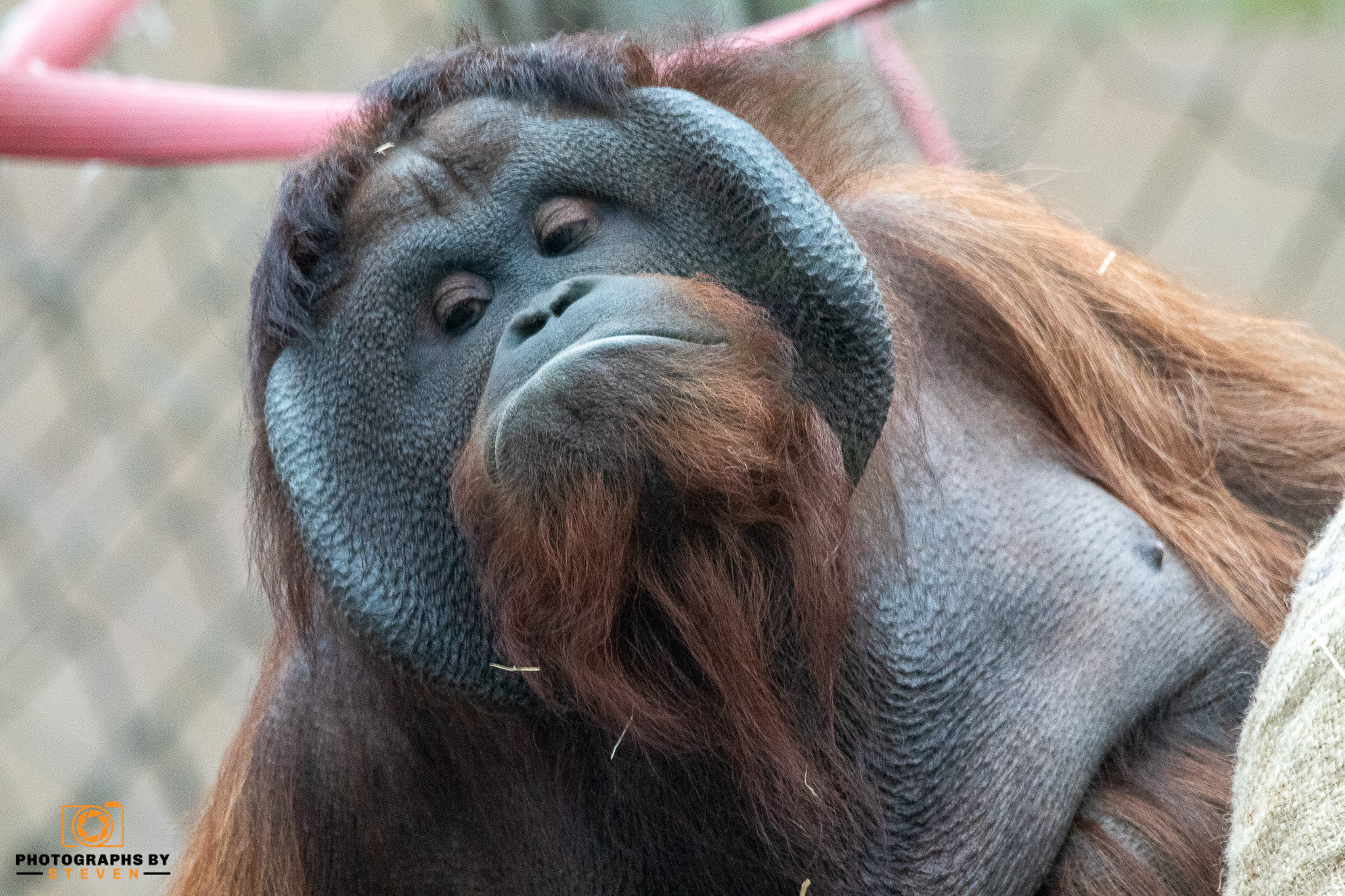Orville and Wilbur Wright invented the first aeroplane. On December 17, 1903, the Wright brothers successfully tested a flying aircraft that took off on its power, flew naturally at actual speeds, and descended without harm, ushering in the era of human flight.
An aeroplane, by definition, is an aircraft with a fixed-wing that is powered by propellers or jets, which is vital to note when evaluating the Wright brothers' innovation as the father of modern aeroplanes. While many people are accustomed to this kind of transportation as it exists now, aeroplanes have evolved.
Before the Wright brothers' maiden flight in 1903, several inventors attempted to fly like birds numerous times. The initial attempts included kites, hot air balloons, airships, gliders, and other sorts of aircraft. While there was considerable progress, everything changed when the Wright brothers chose to tackle the subject of crewed flight.
Early Tests and Unmanned Flights
Wilbur Wright and his brother Orville Wright designed their first aeroplane in 1899 after writing a letter to the Smithsonian Institution requesting information on flight experiments. A small biplane glider was flown as a kite to test their solution for controlling the craft by wing warping, which is a technique for controlling the aircraft's rolling motion and balance by slightly arching the wingtips. Wilbur and his brother Orville would spend the next three years designing a variety of gliders that could be flown both unmanned (as kites) and piloted. They learned about Cayley and Langley's works, as well as Otto Lilienthal's hang-gliding flights. They exchanged letters with Octave Chanute about some of their ideas. They realised that maintaining control of the flying aircraft would be the most challenging task to tackle. The Wrights developed and tested a full-size glider after a successful glider test.
Manned Flight Testing Will Be Continued
It was the first glider to be piloted. Based on the results, the Wright Brothers intended to improve the controls and landing gear and construct a giant glider.
In Kill Devil Hills, North Carolina, in 1901, the Wright Brothers flew the world's most giant glider. It had a 22-foot wingspan, weighed about 100 pounds, and landed on the skids. However, numerous issues arose. The wings lacked lifting force, the forward elevator was ineffective at controlling pitch, and the wing-warping mechanism caused the aeroplane to spin out of control occasionally.
The First Manned Flight
The Wright brothers flew multiple test glides with their new glider in 1902. Their research indicated that a moveable tail would aid in the balance of the flight, so they linked a movable tail to the wing-warping wires to coordinate turns—with successful glides to validate their wind tunnel tests, the inventors planned to build a powered aircraft. The Wright Brothers developed a motor and a new aeroplane that could bear the weight and vibrations of the engine after months of research into how propellers work.
Biplanes are not only being restored but they are also being built. WACO Classic Aircraft Corporation of Battle Creek, Michigan, has been constructing Waco YMF aircraft under the original type certificate since 1991 and has sold over 125 of them. This year, the business has announced that it will begin manufacturing the Great Lakes biplane, which appeared on our cover 25 years ago. Even these recently produced biplanes teach their pilots and passengers about flight in its infancy. Anyone who has enjoyed looking out the window of an open cockpit at the countryside gliding by below understands why biplanes are so famous. It's also not explained by the utility.
Why were planes designed with two wings?
The main reason for having many wings in the early years of aviation was a shortage of materials with appropriate strength. The main advantage is that the wings can be shorter for the same lift.
How high can biplanes fly?
The biplane, powered by a 90-horsepower Curtiss OX–5 V8 engine, could reach 75 mph and fly as high as 11,000 feet. It had a 43-foot wingspan, weighed less than a tonne when fully loaded, and could fly for more than two hours.



Leave me a comment
Thank you for reading my post, if you want to leave a comment, you can do so below.